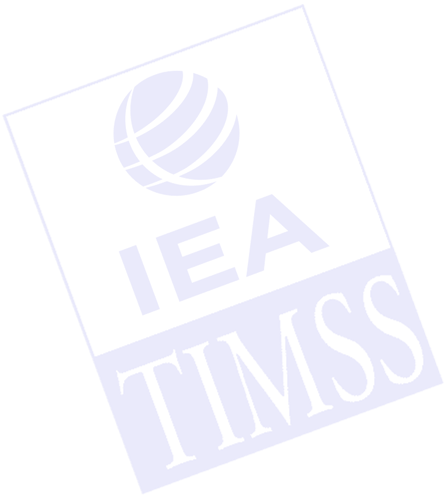Effective Schools in Science and Mathematics
This report presents analyses of the TIMSS 1995 eighth grade data aimed at helping understand what makes some schools more effective than others. The results show that classroom-related variables are related to average school achievement even after adjusting for the home background of the students in the school. However the strong relationship that persists between the average level of home background and adjusted student achievement also serves as a reminder that, in many countries, home background, schooling, and student achievement are closely intertwined, and that teasing out the influences of the various contributing factors remains a major challenge.
![]() The complete Effective Schools in Science and Mathematics report
The complete Effective Schools in Science and Mathematics report
The report is also available in smaller files, divided by chapter as listed below.






